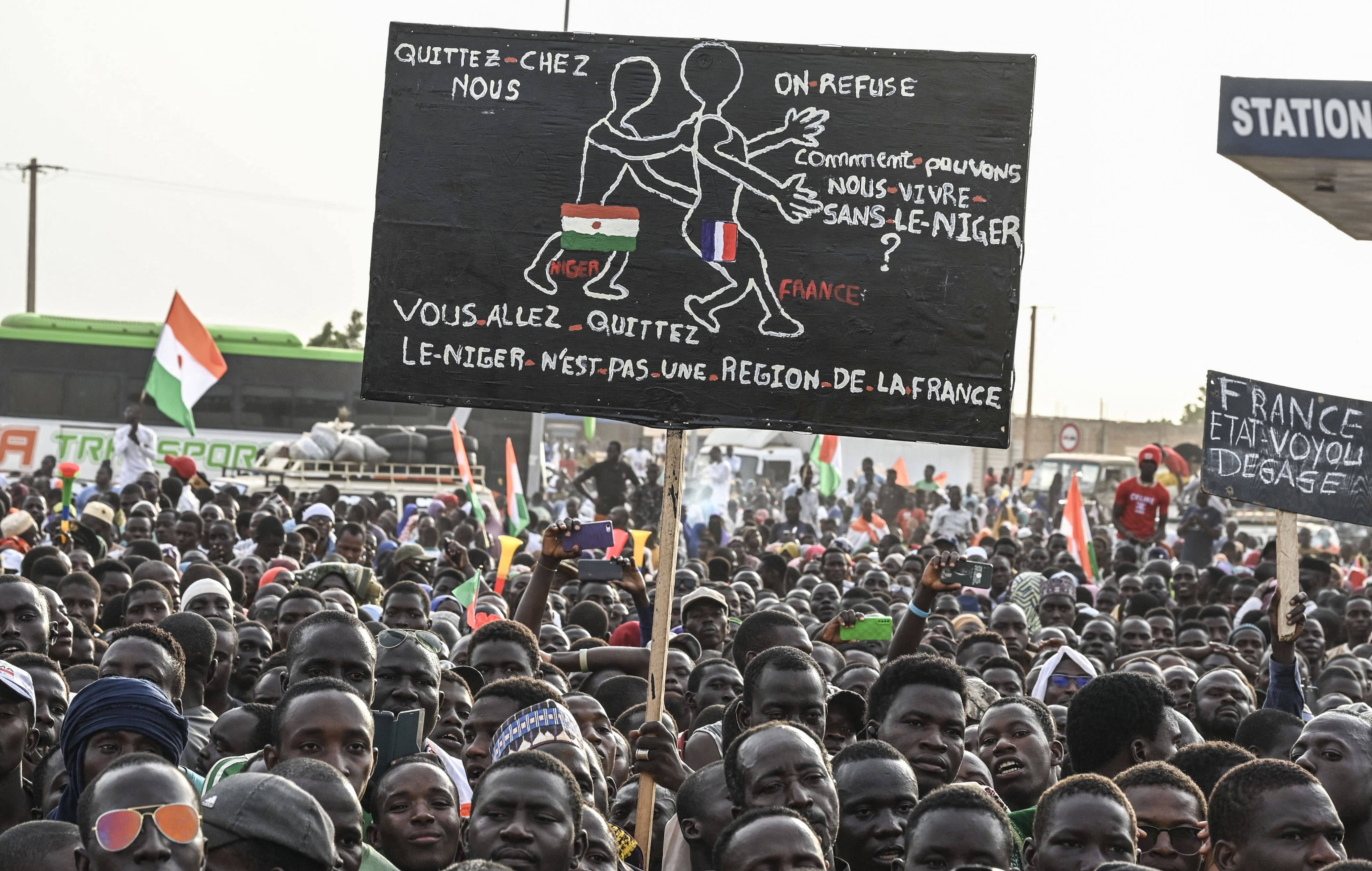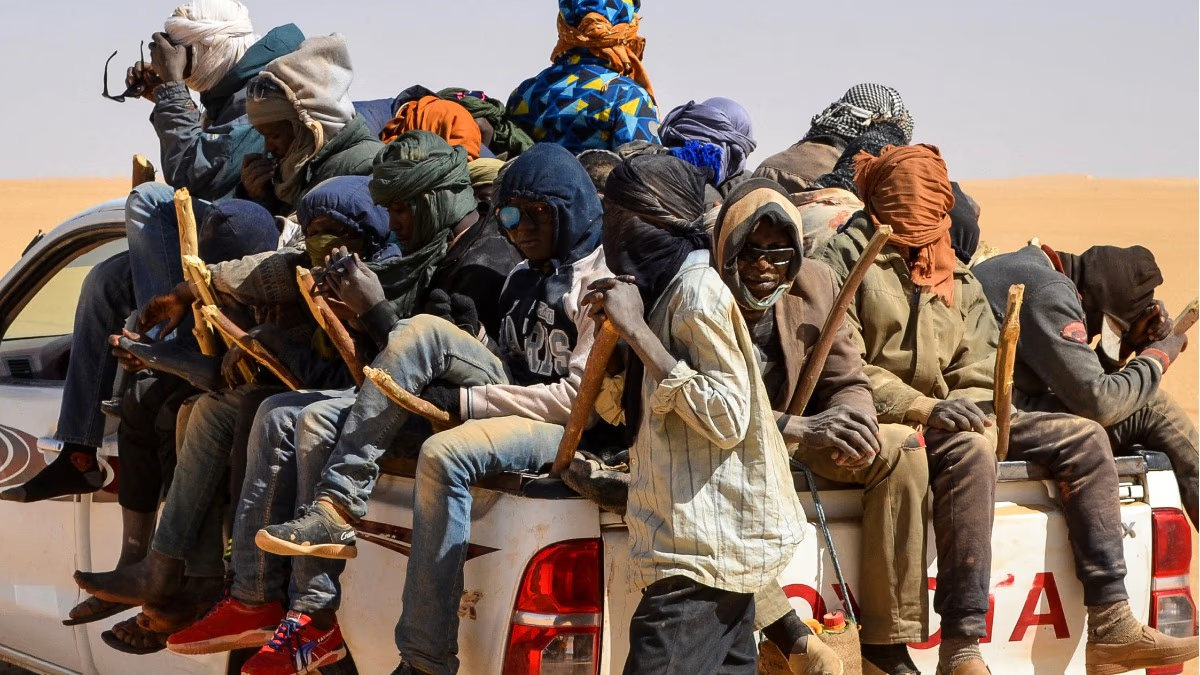Among the world's top ten fastest-growing populations, six are located in Africa, three in Asia, and one in Oceania. Eleven nations worldwide experience population growth rates exceeding three percent. Leading African nations with rapid population growth include Niger, Somalia, Chad, the Democratic Republic of the Congo, and the Central African Republic.
Niger, Somalia, Chad, and the Democratic Republic of the Congo rank among countries where women have more than six children in a lifetime, based on World Bank data. On World Population Day, here's the story of Niger, a country in North Africa.
Niger's current population is about 27.9 million, and by 2050, it's projected to triple. If these trends continue, Niger’s population might reach 70 million by 2050.
The Highest Fertility Rate Worldwide
Niger, a poor West African nation set in the desert, boasts the world’s highest fertility rate. According to World Bank data for 2022-2023, an average woman here births 6.8 children during her lifetime. This not only depicts Niger’s socioeconomic scenario but also brings forth a challenge complicating the country’s future.
Niger’s rapidly growing population, where 49% are under 15, signals a looming demographic crisis.
What Drives the High Fertility Rate?
The question remains: what underlies this high fertility rate? With roughly 80% living in rural locales, where agriculture and livestock are livelihood mainstays, most of Niger’s inhabitants are in tune with their environmental rhythms. Two-thirds of Niger lies in the Sahara Desert, with only the southern part being agriculturally fertile.
Environmental challenges like soil issues and climate change hardships make farming difficult. Despite this, larger families serve as social and economic anchors. More children equate to more hands aiding in fields. Additionally, due to limited education and awareness, contraceptive usage in this African nation remains low. In 2023, only 8% of women utilized modern contraceptives.

Source: aajtak
Early marriage is also prevalent in Niger. Typically, girls marry around 15-16, with many becoming mothers between ages 12-13. Culturally deep-rooted, this practice contributes significantly to family expansion.
Yet, a central issue is infant mortality. Out of 1,000 children, 274 won’t survive past age 4. High mortality rates incite families to have more offspring, ensuring survival. Issues like healthcare backlogs, malnutrition, and clean water deficits exacerbate this concern.
20% Lack Adequate Food
According to the Global Hunger Index, Niger ranks 115th out of 121 countries, with 20% of its population lacking enough food. Here, every new addition diminishes the bread share.
Only 34% of children attend school, with just 27% of girls doing so. In Niger's poverty-stricken and jobless landscape, the young demographic resembles a ticking time bomb of potential social instability.
The World Bank predicts that educating girls and increasing access to contraceptives could reduce the fertility rate to 2.7 by 2050.
Social Unrest in Niger
In recent years, Niger has undergone social turmoil. A military coup in July 2023 ousted the president, increasing political unrest. The military regime curtailed freedoms, targeting journalists and opposition leaders. Economic sanctions and border closures have spiked food shortages and prices, intensifying public dissatisfaction. Poverty, unemployment, and educational shortfalls further fuel social tensions.




